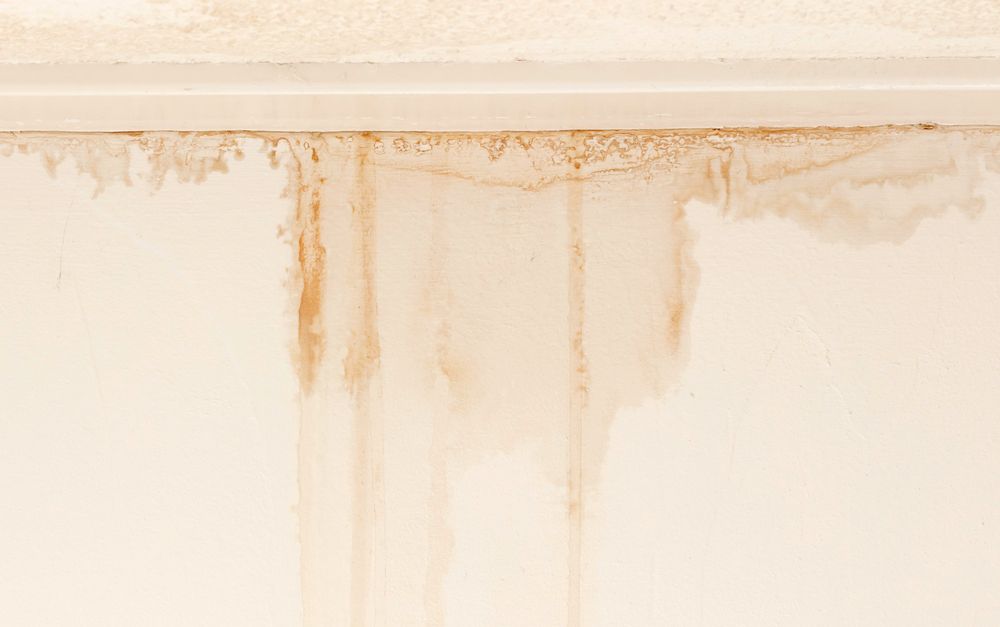This post in the next paragraphs pertaining to Top leak detection hacks is particularly motivating. You should check it out.
.jpg)
Early detection of leaking water lines can alleviate a potential catastrophe. Some tiny water leakages might not be visible.
1. Check Out the Water Meter
Every residence has a water meter. Checking it is a guaranteed manner in which helps you find leaks. For starters, turn off all the water sources. Guarantee nobody will certainly flush, use the faucet, shower, run the washing device or dishwasher. From there, most likely to the meter and also watch if it will certainly alter. Since no one is utilizing it, there need to be no movements. If it moves, that suggests a fast-moving leakage. Likewise, if you discover no changes, wait a hr or 2 and also examine back once more. This suggests you might have a slow-moving leakage that can also be below ground.
2. Check Water Intake
Examine your water expenses and track your water intake. As the one paying it, you must discover if there are any kind of inconsistencies. If you find sudden changes, regardless of your usage coinciding, it indicates that you have leakages in your plumbing system. Bear in mind, your water expense need to fall under the very same range on a monthly basis. A sudden spike in your expense shows a fast-moving leak.
Meanwhile, a stable boost each month, despite having the very same habits, shows you have a slow leak that's also slowly escalating. Call a plumber to thoroughly check your building, specifically if you feel a warm location on your floor with piping beneath.
3. Do a Food Coloring Examination
30% comes from commodes when it comes to water intake. Examination to see if they are running effectively. Decrease flecks of food color in the container and wait 10 minutes. If the shade in some way infiltrates your dish during that time without flushing, there's a leakage between the container and also bowl.
4. Asses Exterior Lines
Do not fail to remember to check your exterior water lines as well. Should water permeate out of the connection, you have a loosened rubber gasket. One small leakage can squander loads of water as well as increase your water expense.
5. Assess the situation as well as evaluate
House owners need to make it a practice to examine under the sink counters and also even inside cupboards for any bad odor or mold and mildew growth. These 2 red flags indicate a leak so timely interest is called for. Doing regular evaluations, also bi-annually, can conserve you from a major problem.
A lot more significantly, if you know your home is currently old, maintain a watchful eye on your heating systems, hoses, pipes etc. Look for discolorations and deteriorating as most pipelines as well as appliances have a life expectancy. They will also normally wear away as a result of tear as well as use. If you think leaking water lines in your plumbing system, do not await it to intensify. Call an expert plumber as soon as possible so you don't wind up with a horrible mess in your home.
Early discovery of leaking water lines can reduce a possible calamity. Some little water leaks may not be visible. Examining it is a proven way that helps you uncover leakages. One small leak can squander lots of water as well as spike your water bill.
If you believe leaking water lines in your plumbing system, do not wait for it to rise.
WARNING SIGNS OF WATER LEAKAGE BEHIND THE WALL
PERSISTENT MUSTY ODORS
As water slowly drips from a leaky pipe inside the wall, flooring and sheetrock stay damp and develop an odor similar to wet cardboard. It generates a musty smell that can help you find hidden leaks.
MOLD IN UNUSUAL AREAS
Mold usually grows in wet areas like kitchens, baths and laundry rooms. If you spot the stuff on walls or baseboards in other rooms of the house, it’s a good indicator of undetected water leaks.
STAINS THAT GROW
When mold thrives around a leaky pipe, it sometimes takes hold on the inside surface of the affected wall. A growing stain on otherwise clean sheetrock is often your sign of a hidden plumbing problem.
PEELING OR BUBBLING WALLPAPER / PAINT
This clue is easy to miss in rooms that don’t get much use. When you see wallpaper separating along seams or paint bubbling or flaking off the wall, blame sheetrock that stays wet because of an undetected leak.
BUCKLED CEILINGS AND STAINED FLOORS
If ceilings or floors in bathrooms, kitchens or laundry areas develop structural problems, don’t rule out constant damp inside the walls. Wet sheetrock can affect adjacent framing, flooring and ceilings.
https://www.servicemasterbyzaba.com/blog/how-to-detect-water-leakage-in-walls/

I ran across that write up about Locating water leaks while doing a lookup on the internet. Enjoyed our blog? Please share it. Help other people locate it. Kudos for your time. Don't hesitate to come by our site back soon.